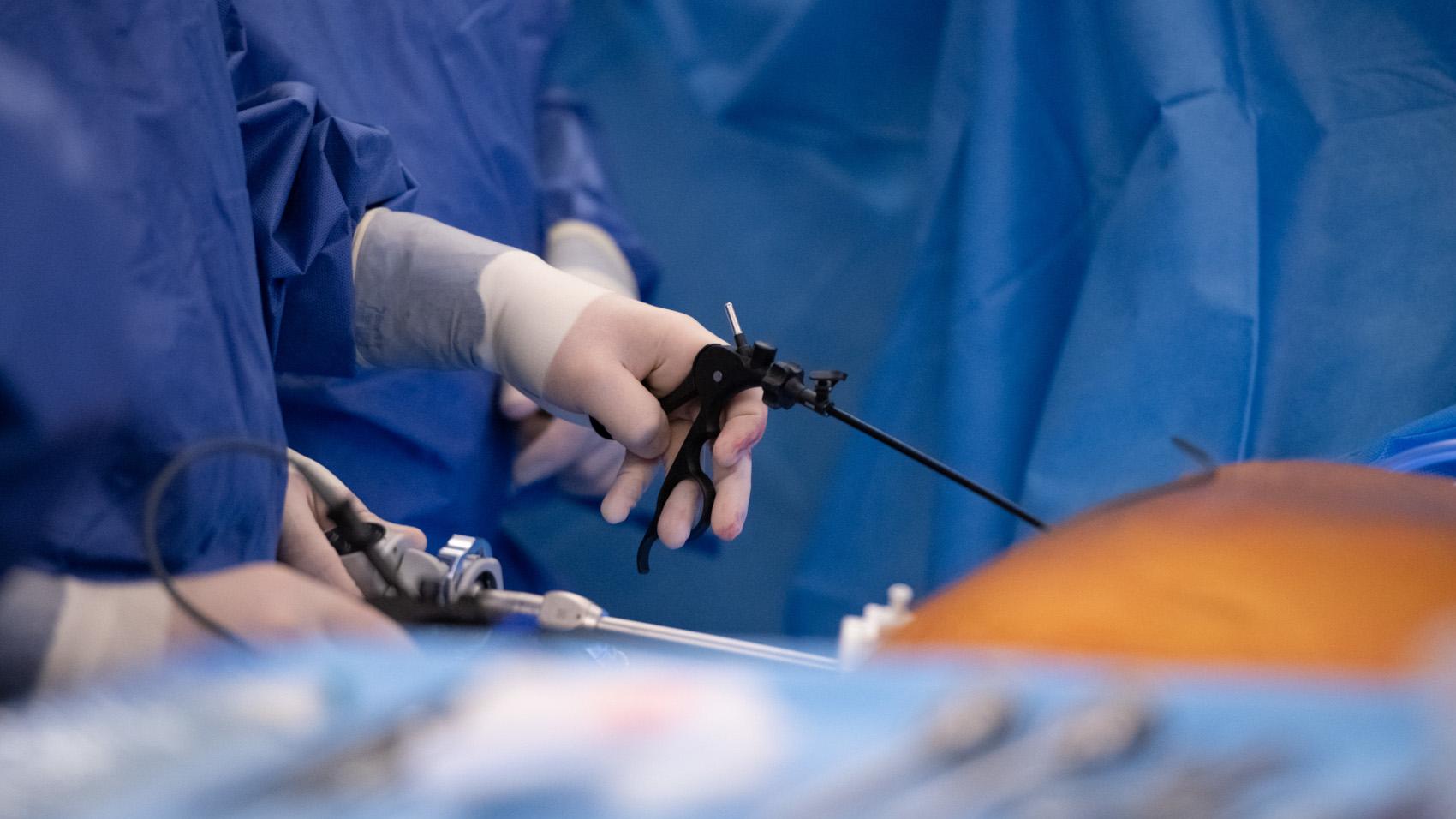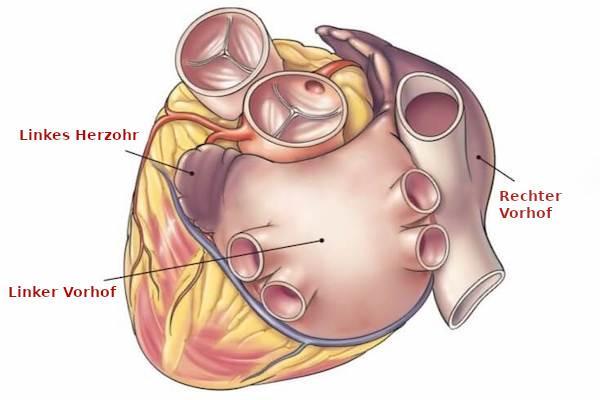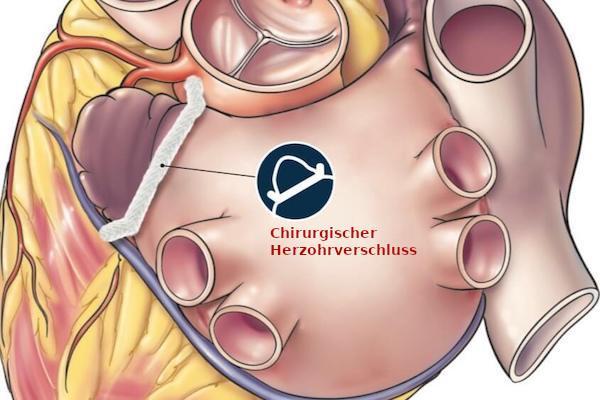Surgical ablation for atrial fibrillation
By performing a surgical ablation, atrial fibrillation can be treated very effectively and reliably. As a result, medication can be reduced and the risk of heart failure and stroke is greatly reduced. Surgical ablation is a surgical procedure performed under general anaesthesia. Often a catheter ablation is performed beforehand - however, this is not mandatory and is decided on a case-by-case basis.
Innovative treatment exclusive in Switzerland
What is surgical ablation?
Surgical ablation (also called thoracoscopic ablation) is used for stubborn cardiac arrhythmias and is one of the minimally invasive operations. It is performed by our heart surgeons under general anaesthesia. The camera and instruments are inserted through small incisions in the chest wall and then cause the same sclerosis in the heart as occurs with catheter ablation. This involves pulmonary vein isolation using bipolar current, which is applied externally to the surface of the heart. This obliteration leads to scarring which electrically isolates the pulmonary veins. In addition, we close the left heart ear with a clip (so-called "Atriclip®"). The left heart ear is also called left atrial appendage or LAA for short. This closure is used to prevent cardioembolic strokes in patients with atrial fibrillation. The entire procedure usually takes 90 minutes and is usually successful and without complications.
Do you have a finding and would like a second opinion or are you not sure whether you need a surgical ablation? One of our specialists will be happy to take the time for a consultation.
Here is a short video on surgical ablation (without LAA closure):
For whom is surgical ablation?
If you only have atrial fibrillation, then your symptoms are the deciding factor for further treatment. This decision is not made by one doctor alone, but by all the doctors who belong to your "heart team". Surgical ablation is always performed when a patient would otherwise have to take medication permanently or in order to improve the patient's quality of life. Patients who have already undergone catheter ablation or who are not suitable for catheter ablation can be evaluated by our heart team for surgical ablation. A patient's desire to stop taking a blood thinner or the need to stop taking a blood thinner may also qualify a patient for surgical ablation.
If you are planning to have cardiac surgery anyway, your atrial fibrillation - if present - should also be treated in the course of this, which can be done by performing a surgical ablation and closing the left heart ear. Please be sure to consult your surgeon or call us at any time!
Pulmonary vein isolation (PVI)
At the point where the pulmonary veins enter the heart, the so-called "misfiring" (Latin: "foci") occurs, which can then send the entire atrium of the heart into fibrillation. At this point, it is necessary to place a scar and thus create an electrical barrier. This barrier prevents the "misfires" from being transmitted further to the heart. The actual ablation therefore means the obliteration of the heart tissue, which creates a scar. This scar then forms the insulation. This is why cardiology also speaks of pulmonary vein isolation. Pulmonary vein isolation forms the basis of every atrial fibrillation ablation.
Minimally-invasive procedure
We reach the heart endoscopically, i.e. with the help of so-called keyhole accesses. Thanks to our bipolar radiofrequency instruments, we can perform the obliterations on the heart surface, under direct HD vision, in a controlled and effective manner. At the end of the procedure, the left heart ear is clipped off so that it no longer poses a danger to the patient. Before and after the ablation, we also perform an epicardial (= epicardial means "concerning the epicardium (the outer skin of the heart)") 3D mapping to be able to understand exactly where which cardiac pathways run. This also allows the pulmonary vein isolation to be documented. The entire procedure usually takes 90 minutes and patients can usually leave the clinic after three to five days. Afterwards, only light physical rest is necessary.
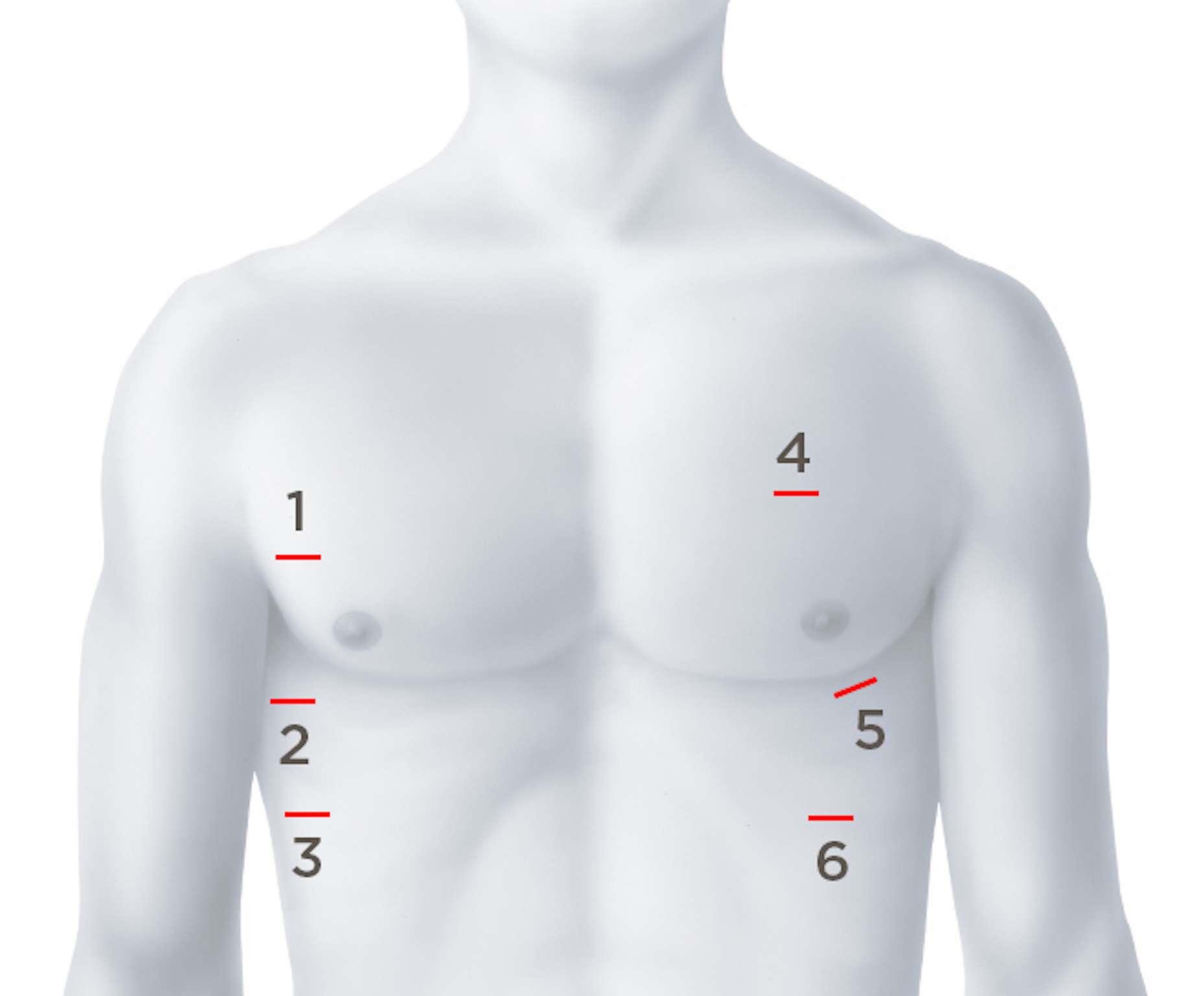
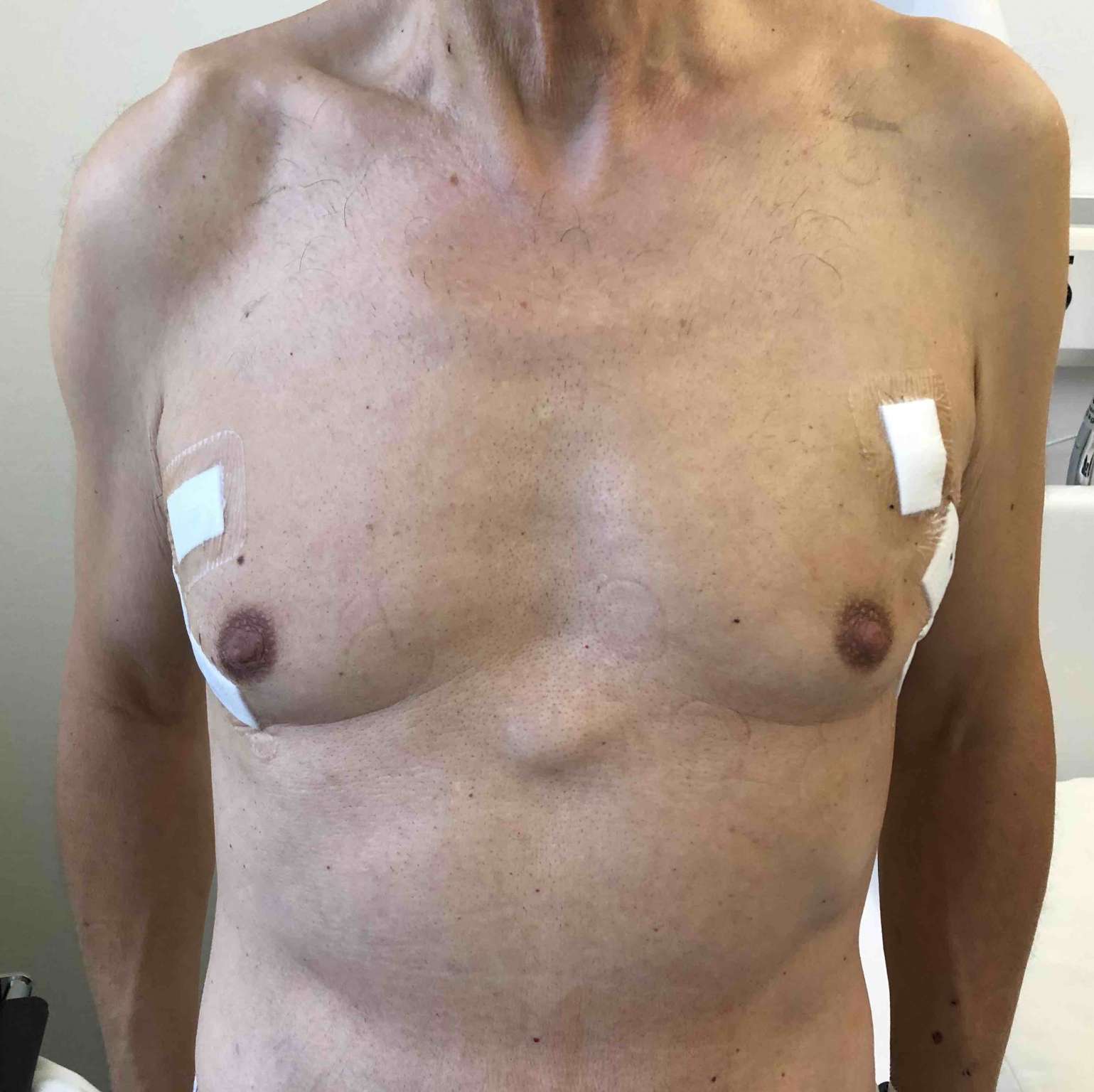
In the picture on the left you can see the 1cm long incisions that are necessary to get to the heart via the side of the body. In the photo on the right, which was taken three days after the operation, you can see the six small plasters. Pain is rare after such an operation. Complications can occur, but of course we or your doctor will explain all the details to you in detail beforehand.
Pro und Contra
There are numerous studies that already prove the results of surgical ablation. Moreover, this method has already found its way into the guidelines of the European Society of Cardiology. This technique has innumerable advantages, especially for patients with more difficult courses. At the moment there are also some current studies on this topic and the first results, which are presented to us at congresses, are very promising. Ask us about it - we will be happy to inform you!
Images from the operating theater
All our surgical procedures are performed in modern operating theatre (In Zurich we operate in the Stadtspital Triemli, in Monaco in the Centre Cardiothoracique de Monaco, and in Munich in the Schön Klinik Vogtareuth) equipped to perform cardiac surgery. We are a well-coordinated team that has been performing this type of surgery together for over 12 years. Surgical ablation is performed under general anaesthesia, without opening the chest. Thanks to our modern medical instruments, we can apply radiofrequency to the surface of the heart in a targeted manner and thus ensure a lasting surgical result. Due to the closure of the left atrial appendage with a clip, the discontinuation of the blood thinner can be discussed after the procedure.
Illustrations
Videos:
Patient experience after undergoing surgical ablation. This program was shown on the Swiss regional private television station "TeleZüri".
